Last-Minute NYC Holiday Gift Guide 🎁
We’ve created a holiday gift guide with presents for the intrepid New Yorker that should arrive just in time—


There are certain things every city needs; a hospital, a fire station, a local government, and a place to bury their dead. On a hot, dry August day in 1877, Mayor Frederick A. MacDougal of Los Angeles officially established Evergreen Memorial Park, in what is now known as Boyle Heights, as the first official and sanctioned cemetery in Los Angeles.
Los Angeles was still a rural, dry, brutal place in 1877. Only 27 years prior, as part of the Compromise of 1850, California was admitted into the United States as a free state, therefore stopping the expansion of slavery into the west. The Great California Gold Rush in the mid 1850s brought over 300,000 new settlers into the state. The influx of people coming to grab their share of gold and land led to a sort of lawlessness not just between settlers, but between settlers and the Native Americans who had called this land home for generations. Between 1850 and 1860, the California government paid nearly 1.5 million dollars to militias to “protect” their citizens from these Native Americans.
In 1869, the First Transcontinental Railroad was completed, connecting the state to the rest of the country. In 1876, the Southern Pacific line was completed, connecting Los Angeles to the rest of the state. People from all parts of the country began pouring in. Los Angeles was growing and ready to become a true metropolitan center.
Evergreen Memorial Park still stands today as a testament to LA’s beginnings. Over 300,000 people are buried in the 67 acre cemetery. Many of Southern California’s most notable citizens call Evergreen their final resting place, including John Bixby (developer/real estate baron of Long Beach), Sam Haskins (the first African-American LA firefighter to die in the line of duty), Charles Canfield (LA’s oil baron), George Ralph (Founder of Ralph’s Supermarkets), Biddy Mason (freed slave and female African-American icon), Joe Winchester Robinson (Founder of Robinson May department stores), and the Lankershim/Van Nuys families (LA real estate tycoons).
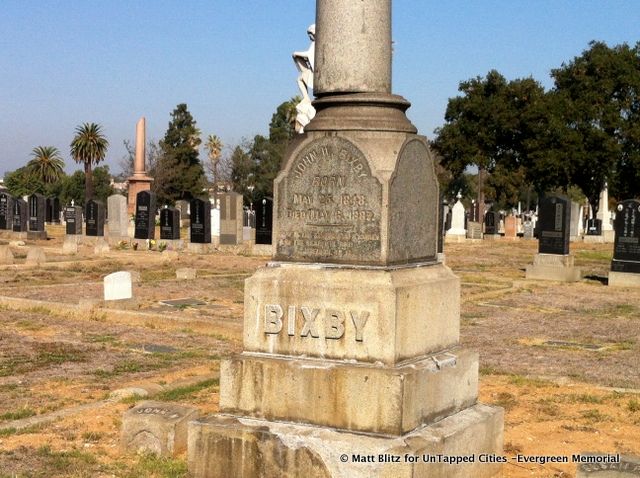
Evergreen Memorial Park is also notable for never having banned African-Americans from being buried at the cemetery, though it is segregated, with sections for Armenians, Japanese, Chinese, European, and Mexican settlers.
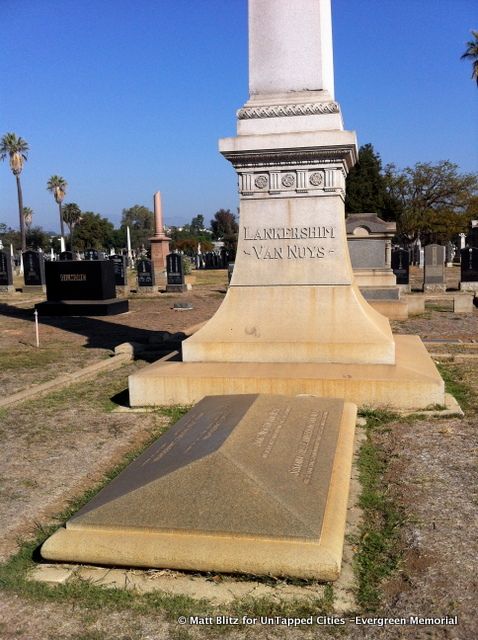
In addition, there are 400 departed carnival workers, or “carnies,” buried in the cemetery. In 1922, the Pacific Coast Showman’s Association was established to assist carnival workers finding burial spots for their deceased. Among the carnies buried in Evergreen are Emily Bailey, known as the 300 pound fat lady, and Hugo Zacchini, the first human cannonball.
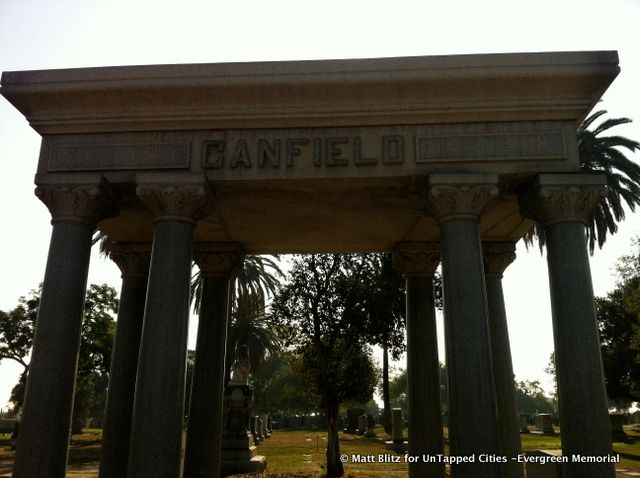
Despite the cemetery only dating back to 1877, you can still find graves scattered throughout the cemetery from the 1830s. Because there was no official cemetery in Los Angeles prior to 1877, families would bury the bodies of their loved ones in their own backyard. So, when Evergreen Memorial Park was established, families moved the bodies from their backyards and had them reburied in Evergreen.
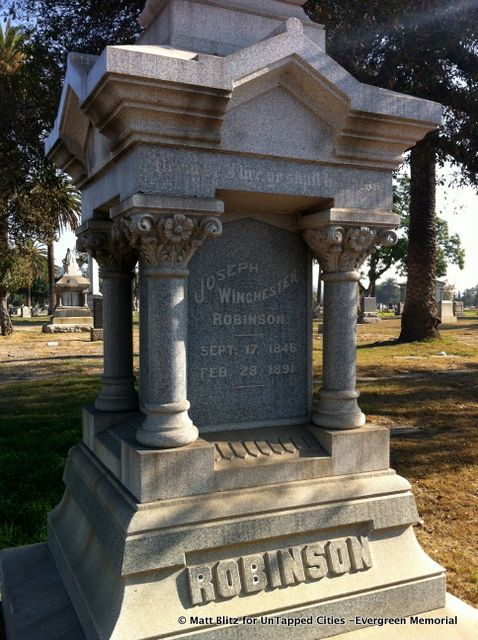
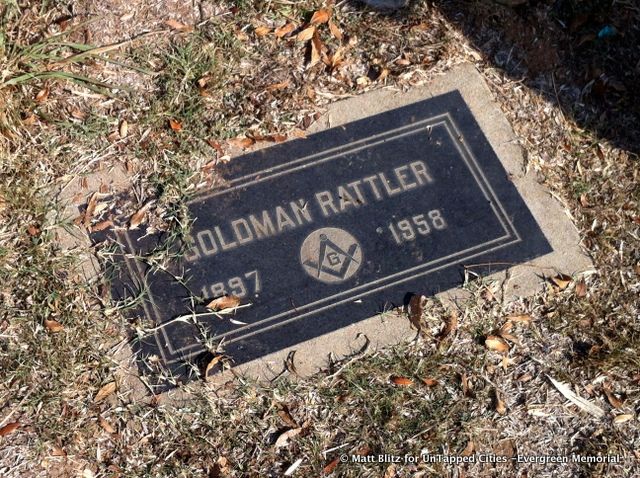
Matt Blitz is the field agent for Obscura Society LA. The Obscura Society goes on adventures in cities across the world. Their purpose is to encourage people to get out in their community and explore the unknown. If you are interested in joining the Society, sign up for the mailing list!
Subscribe to our newsletter